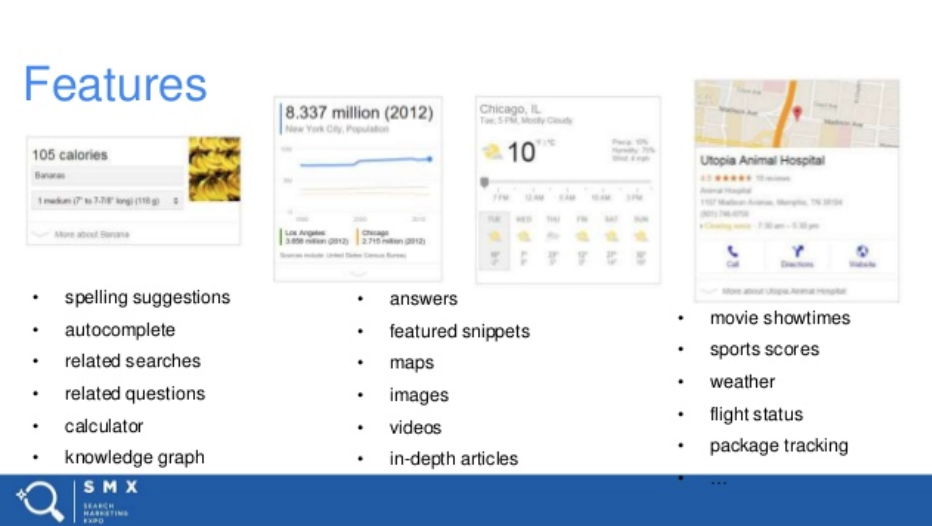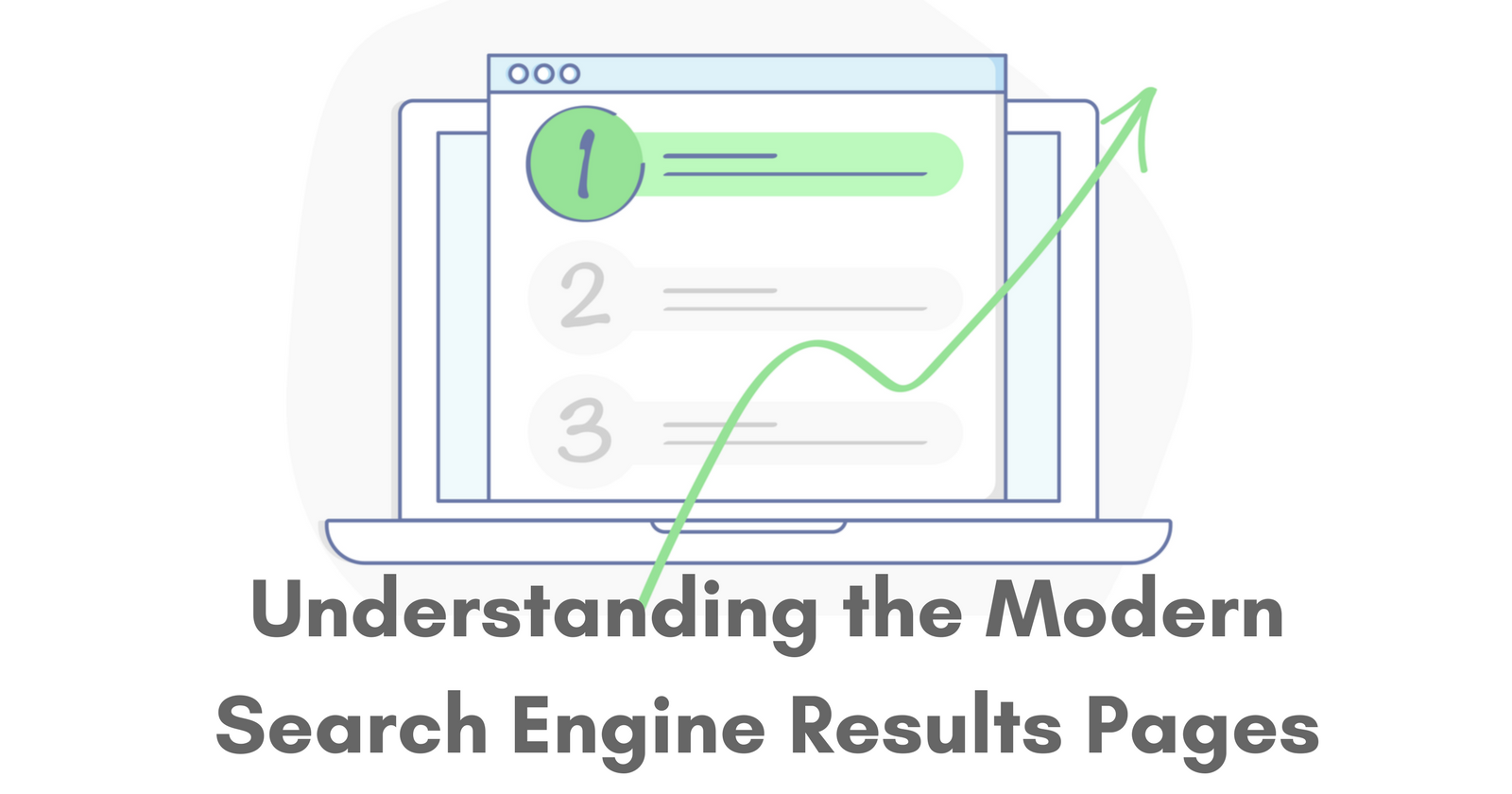Rank tracking is an important part of showing your clients that their SEO investment is seeing a return.
Ranking prominently on Page 1 leads to organic traffic – and traffic (if handled correctly) means leads.
Leads are ultimately what matters to a business, so does it matter if the client is ranking in first position, if they are in the Map Pack at the top of the search results page (SERP), or if they own the Featured Snippet space?
In part, a section of SEO practitioners are to blame for the fixation on ranking in the first position.
Sadly, a number of agencies still sell SEO packages and keyword optimization in a color by number fashion.
 This is a table that one of my former clients received by email from someone pitching them SEO services, they were offering guaranteed rankings in 6-months for $47 per keyword, per month.
This is a table that one of my former clients received by email from someone pitching them SEO services, they were offering guaranteed rankings in 6-months for $47 per keyword, per month.Ten years ago, when Google was primarily 10 blue links, it made sense to focus on being number one.
As Google has advanced, however, it’s important that our thinking as SEO professionals also moves along, and a big part of this is educating the market and clients.
10 Blue Links
A number of studies in recent years based on data from Google, Bing and Yandex Webmaster Tools estimate that ranking in the first position means you should expect around 33 percent of the total clicks on the page. One of these studies was published by Philip Petrescu in 2014.
When you look at Petrescu’s study, you may notice that on average, Pages 1 to 3 of the search result get 76.92 percent of the clicks. The other 23.08 percent of the clicks, at the time, were going elsewhere, such as paid ads or featured snippets, or not resulting in a click at all.
This is because Google hasn’t been a simple “10 blue links” model for a while now.
With continuing changes and additions to an already deep arsenal of featured snippets and other special content results blocks, the classic organic blue links are becoming less prominent.
 A slide from Paul Haahr’s How Google Works: A Ranking Engineer’s Perspective, SMX 2016
A slide from Paul Haahr’s How Google Works: A Ranking Engineer’s Perspective, SMX 2016More recent studies have shown that the click-through rate for results ranking in the classic first position has decreased to 21 percent in recent years.
Other studies, like WordStream’s from December 2017, have estimated a decrease of 37 percent between position one in 2015, to position one in 2017. Notably, the CTR fell by 39 percent when a featured snippet was present.
Not All SERPs Are Equal
In 2004, Google realized that they could further improve the user experience by using specific data points (of the user) to better understand their search intent and tailor search results accordingly.
In 2005, Google launched Personalized Search and changed how search results pages populated for all users logged in.
This was expanded in 2009 to all users of the search engine, whether logged in or not.
This is also the number one reason why you have to explain to clients that the results they’re seeing on their devices (even when incognito) don’t 100 percent match up with that your rank tracking tool and reports are saying.
Google creates personalized search results by looking at data points, such as your:
- Location (based on IP).
- Previous search history.
- SERP behavior (click-throughs, pogo-sticking).
- Device.
Now, the reason why rank tracking software takes a holistic view (and universal view, including special content results blocks [SRCBs]) is that more often than not the query string used to pull rankings has personalized search “off”:
https://www.google.co.uk/search?q=some+keyword&gl=gb&hl=en&gws_rd=cr&pws=0
Personalized search also means that if a query has a local perception, there is a chance that special features like the Map Pack or the Google Home Service carousel may appear.
 Google Home Service Ads, currently rolling out across America
Google Home Service Ads, currently rolling out across AmericaGoogle introduced “People also search for” to SERPs, and now alongside Knowledge Panels, there are more than 85 SCRBs that can appear on any given SERP.
Not All Queries Are Equal
As Google has evolved and developed, so has its understanding of the intent behind queries and which search results would best match and satisfy user intent.
Because queries can have different and multiple interpretations, Google has to take these into consideration in a single SERP.
Trying to include and satisfy multiple interpretations means that it’s not as simple as moving from position 7 to 6 or 2 to 1, because they will be weighed and calculated based on factors well outside our control. The more ambiguous the intent behind the query, the less likely that the SERP positions will follow a “ladder” structure.
Healthcare, Financial & Legal Queries
Your Money, Your Life (YMYL) queries, in my opinion, have some of the most complex SERPs (especially in Google UK).
For the high search volume, short-tail queries, you’re not only competing against other commercial websites, but also against informational domains such as the National Health Service (NHS) and WebMD, and the Citizens Advice Bureau.
A number of these queries also have PPC ads, as well as generate the Map Pack and the Knowledge Panel/Featured Snippet, so in theory there can be 8 clickable links for a user before they even get to the traditional “position 1”.
Competitor Brand Names
Another example of a query that Google treats differently is a branded query. If you’re looking for Coca-Cola, the intent is clear and direct – so why would showing results for Pepsi be appropriate?
Could you? In theory yes.
Should you? Absolutely not.
Also, if you can’t attract links naturally to your content, you’re doing it wrong— Gary “鯨理” Illyes (@methode) April 18, 2017
Brand names can also be easy to forget, especially if the brand name has become synonymous with the product name, like Sellotape or Jacuzzi.
You may want to rank for competitor brand terms as an alternative option, but it’s unlikely that you will as Google knows you’re not them.
Google Is Always Experimenting
Google isn’t a finished product. It is continuously changing and amending the algorithm.
In the words of Google public liaison Danny Sullivan in the wake of recently noticed changes:
In any given week, there are various changes that happen with Google’s search algorithm. Many are unnoticed. Many are minor. Last week was like that. After a few publishers reported changes, we checked and didn’t see any major or single change on our end.
As Google works on an individual query level, fluctuations in rankings and reporting data can occur without rhyme or reason.
For example, the below spike in search analytics impressions saw daily impressions go from ~120k to ~700k, before gradually dropping back down to normal. This was caused by Google experimenting with the SERP for one individual keyword with an average U.S. monthly search volume of 30.4 million.
 An anomaly in Google Search Console as a site moved into position 10 for a query with an average monthly search volume of 30.4-million (US)
An anomaly in Google Search Console as a site moved into position 10 for a query with an average monthly search volume of 30.4-million (US)These fluctuations can also be seen in rank tracking reports.
On a regular basis for some queries I see Google move the Map Pack from being positions 1-3 to 6-8, and organic traffic to that location page reflects the changes.
For other high volume queries with an ambiguous search intent I’ve watched Google rotate the top 3 classic organic results, drop one and introduce another, and then rotate again, experimenting to see which one is performing best in the first, second, and third position, and taking into account user SERP behavior for the other results on the page.
Conclusion
Ranking number one is great. It’s something simple to show on a graph and explain to clients.
But given the sheer complexity and structure of how Google populates a search results page in the modern day, ranking number one is:
- Not the be-all, end-all of SEO.
- Not always possible for every keyword if the intent is ambiguous.
Instead, we should be focusing on:
- What keywords drive traffic and conversions to our client sites.
- Getting those in prominent positions within the SERP.
This can mean ranking number one for the query with 300 search volume and drive 50 leads versus pursuing a query with 3,000 search volume and driving the same amount of leads.
Search volume doesn’t equate to intent, so to assume that each query converts at a specific percent on a given website is incorrect, as the user intention can be – and will be – different.
As we move into 2018 and we’re all preparing for the mobile index, we also need to be mindful of the changing structure of Google’s SERPs and how this impacts our thinking around ranking position.
More SEO Tips & Advice:
- Is Keyword Ranking Irrelevant in Today’s SEO?
- 10 ‘Hidden’ Ranking Facts, 1 Is A Lie
- 47 Experts on the Top SEO Trends That Will Matter in 2018
Image Credits
All screenshots taken by the Dan Taylor, December 2017





